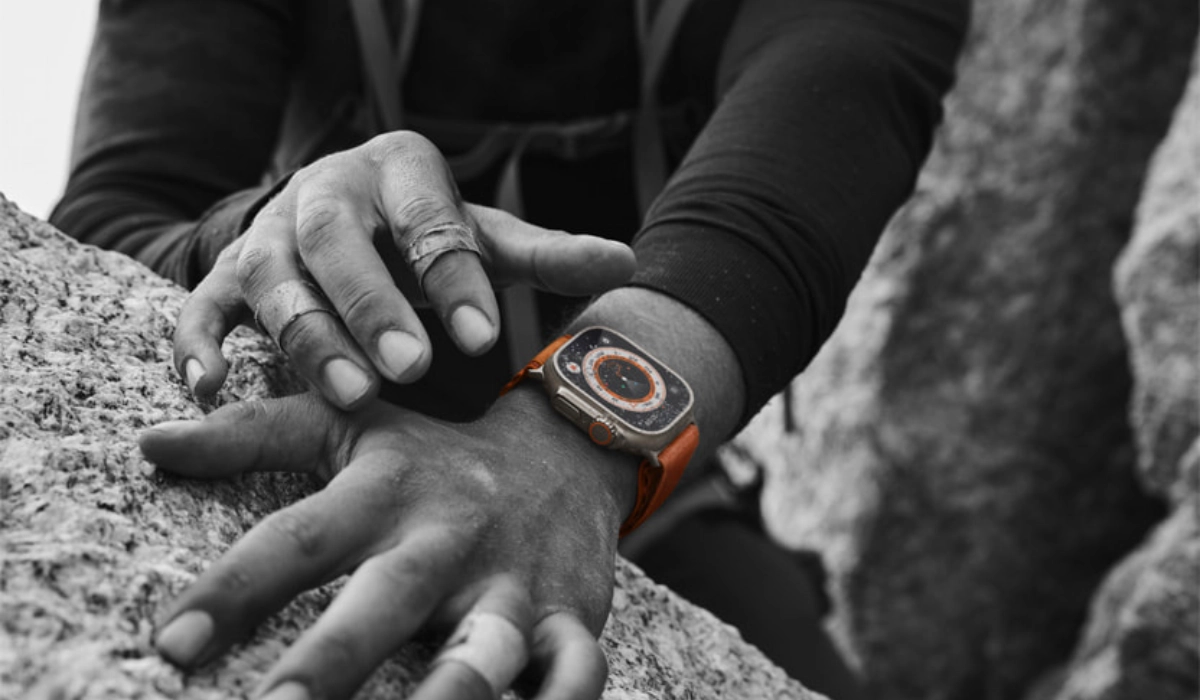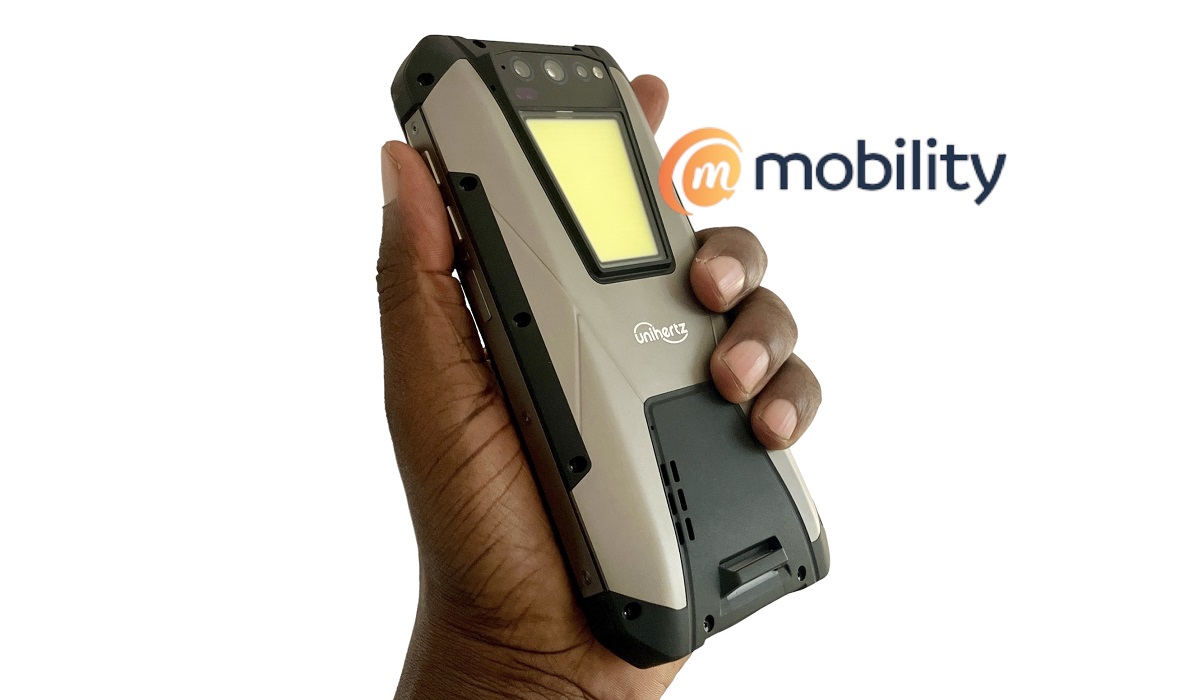MIL-STD-810 military-grade devices are built tough, but are they indestructible? Far from it. Everything ever built by humans is destructible. What is it about then, and what does it mean?

MIL-STD-810 is a comprehensive United States Military Standard that addresses a wide range of environmental conditions. Here are some key aspects covered by this standard:
- Temperature and Temperature Shock: Testing equipment under high and low temperatures, both during operation and storage.
- Rain and Wind-Blown Rain: Evaluating resistance to rain exposure.
- Humidity and Fungus: Assessing performance in humid environments.
- Salt Fog: Testing for rust resistance.
- Sand and Dust Exposure: Ensuring equipment can withstand abrasive particles.
- Explosive Atmosphere: Evaluating safety in potentially explosive environments.
- Leakage: Verifying seals and protection against liquid ingress.
- Acceleration and Shock: Assessing resistance to sudden acceleration and shocks.
- Transport Shock: Simulating shocks during transportation.
- Gunfire Vibration and Random Vibration: Testing resilience to vibrations.
In summary, a MIL-STD-810 smartphone is one that has been tested and confirmed to be able to withstand any of the harsh conditions that it could have to deal with in US military service. This includes testing by replicating actual environmental situations encountered in the field – humidity, rain, water, drops, on sand and rock, among others.
Manufacturers of smartphones who want to serve the market of security personnel, hikers, explorers, engineers, loggers, divers, and indeed anyone involved in tough outdoor environments, design and test the specific phones to these military grade standards. The testing varies from one manufacturer to another and are not confirmed or verified by any independent agency or regulator.
Does this mean that MIL-STD-810 smartphones are indestructible? Far from it. Everything ever built by humans is destructible. Even tanks, armoured up as they are, are destructible. You can break or damage an MIL-STD-810 smartphone if you abuse it hard enough, but for all intents and purposes, it will survive severe conditions like rain, wind, humidity, fungus, rust, sand and dust, explosive atmospheres, and shock, more than the average smartphone.
Does MIL-STD-810 mean that military grade smartphone or wearable are waterproof and dust-proof? While it might be tempting to think that is what it means, it is not so. However, military grade devices also often have official IP water ad dust proof protection, which adds that layer of waterproof and dust-proof to them.
For example, I own an AGM G2 Guardian rugged smartphone (see my review). I also used to own a Unihertz Tank, another military grade smartphone (here is my review). The G2 Guardian is both military grade and dust/water proof. It has MIL-STD-810H and IP68/IP69K. The IP rating means it can be submerged in water of up to 1.5 meters for up to 30 minute.

Which brings us to the question: What is the difference between MIL-STD-810 and MIL-STD-810H?
Revised standards
The reason for the different labelling is that the military grade standard keeps being revised over time. MIL-STD-810H, published in 2019, is the most recently revised version of the standard, replacing MIL-STD-810G. It will likely be followed by a further revised version labelled MIL-STD-810I sometime in the future.
List of MIL-STD-810 military-grade devices

These days, a good number of smartphones, smartwatches and laptops market their devices with claims of being MIL-STD-810 standard. Manufacturers of rugged or industrial smartphones are a core base, but other brands, including Apple and Samsung, are also playing in this territory now.
- Unihertz Tank
- Unihertz Tank 2
- AGM Glory Pro
- AGM G2 Guardian
- AGM X6 Phantom
- Samsung Galaxy Watch 4
- Apple Watch 4nm
- DooGee V Max
- Galaxy Watch 5 Pro
- Samsung Galaxy XCover 6 Pro
- Samsung XCover FieldPro
- Apple Watch Ultra
- OPPO K12x 5G
This list is not exhaustive, but the manufacturers of these devices say that they have been subjected to various measures of tests in high and low altitudes, high temperature, low temperature, temperature shock, immersion, freeze/thaw, shock, and vibration in order to be labelled “military grade”. Note also that there is now way to tell how much testing each product was subjected to.
Remember that a military grade label does not mean that the device in question is water or dust proof, unless the manufacturer includes an official IP rating. It does mean that the device is built tough to withstand extreme conditions better than normal smartphones and wearable devices can. That is all that you can hold the manufacturer to.
MIL-STD-810 military grade devices also tend to be bulkier than the average regular device. In the case of the AGM G2 Guardian, it has a tough rubber armor that keeps it protected from shock if it falls. The Unihertz Tank is built similarly with body armor. As a rule, expect a military grade device to come with some heft; all of that extra toughness has to come from some extra protection built into them.
Lastly, they also tend to cost more than the average device in their class. Yes, building some extra toughness into a smartwatch or smartphones increases the production costs.